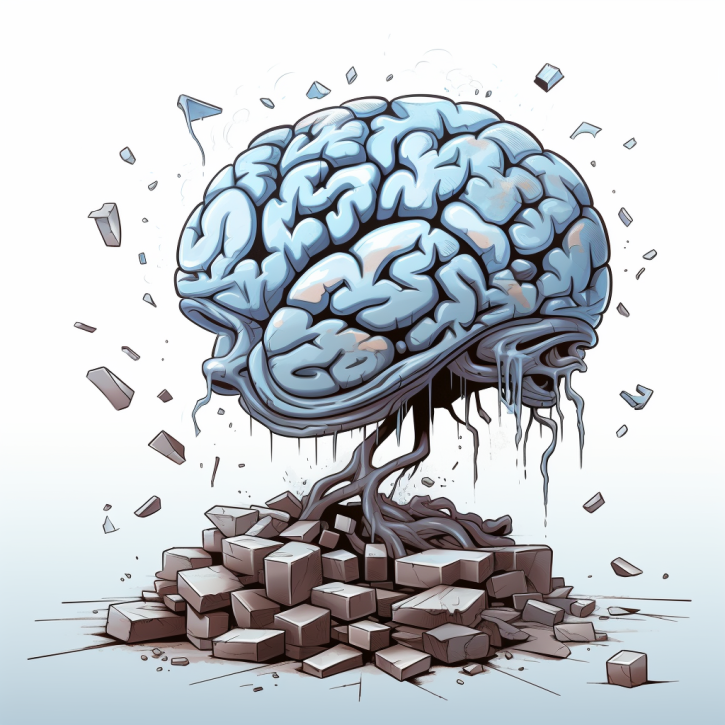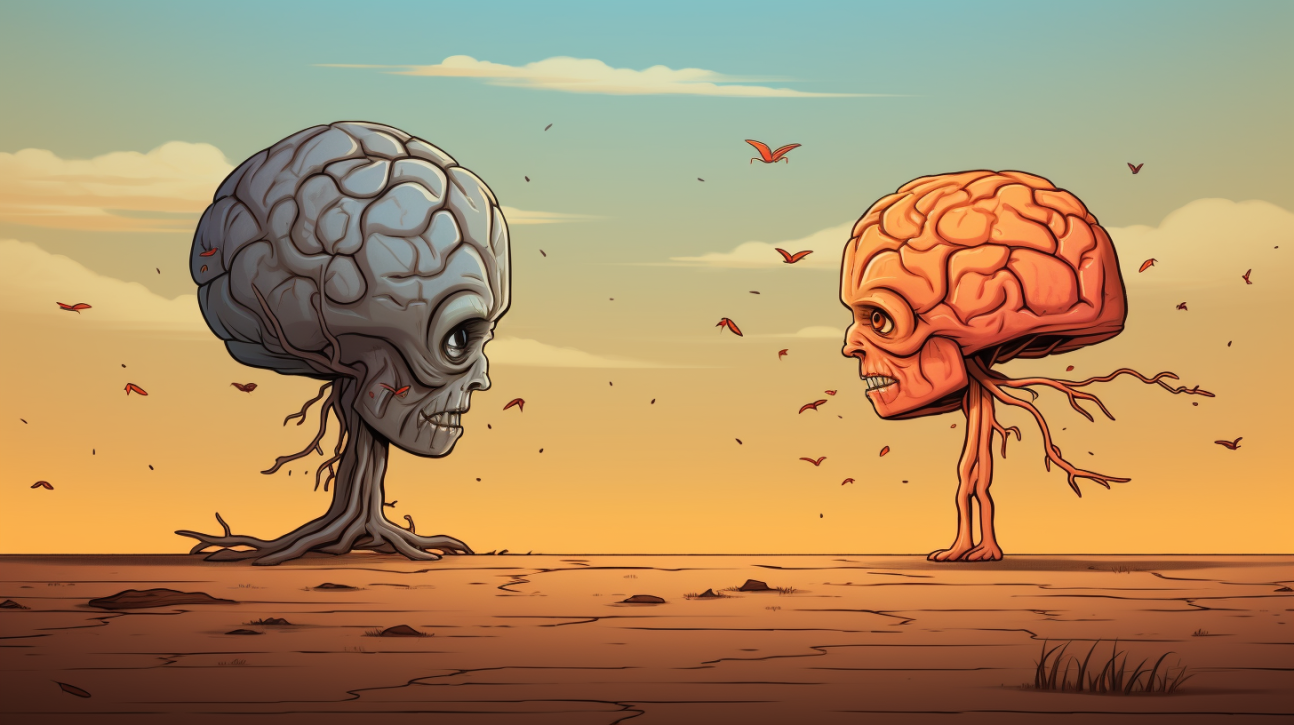Schizophrenia is a severe mental illness characterized by hallucinations, delusions, disorganized thinking and behavior.
While antipsychotic medications can help manage symptoms, their long-term effects on brain structure are not fully understood.
A new study provides important insights into how long-term antipsychotic treatment may impact gray matter in chronic schizophrenia.
Key Facts:
- Both treated and untreated patients showed reduced gray matter in frontal, temporal and occipital regions compared to healthy controls.
- Treated patients displayed more widespread gray matter reductions, especially in prefrontal, temporal and parietal cortices.
- Clozapine treatment was associated with more severe prefrontal cortex reductions compared to risperidone.
- Gray matter deficits correlated with higher medication dosage, longer illness duration and increased symptoms.
- Findings suggest certain brain regions may be particularly impacted by long-term antipsychotic treatment.
Source: Transl Psychiatry 2020
Treated vs. Untreated Chronic Schizophrenia (Comparison)
Researchers performed structural MRI scans on 35 chronically ill, never-treated schizophrenia patients, 20 patients treated long-term with risperidone, 20 treated long-term with clozapine, and 55 healthy controls.
Several key differences emerged when comparing the gray matter of treated vs. untreated patients:
Reduced Gray Matter in Both Groups
Compared to controls, both treated and untreated patients displayed reduced gray matter in:
- Bilateral medial and rostral middle frontal cortex
- Left banks of the superior temporal sulcus
- Left fusiform gyrus
- Left pericalcarine cortex
Increased Gray Matter in Both Groups
Both treated and untreated patients showed increased gray matter in:
- Left cuneus
These regions may represent core structural abnormalities in chronic schizophrenia, present regardless of medication status.
The cuneus finding could reflect compensatory changes to support visual processing.
More Widespread Gray Matter Loss from Antipsychotics

Compared to never-treated patients, those receiving long-term antipsychotics showed additional gray matter reductions in:
- Bilateral prefrontal cortex
- Bilateral temporal lobes
- Left inferior parietal lobule
These areas align with those impacted by short-term treatment, suggesting cumulative effects over time.
The parietal finding may indicate a unique consequence of prolonged antipsychotic exposure.
Clozapine Patients Showed More Severe Prefrontal Loss
Within treated groups, clozapine patients displayed greater gray matter loss than risperidone patients in:
- Bilateral lateral and medial orbitofrontal cortex
- Bilateral rostral middle frontal cortex
- Bilateral pars opercularis
- Right superior frontal cortex
- Left pars triangularis
- Left frontal pole
However, clozapine patients showed less reduction in left ventral temporal regions. This highlights potential differences in how these medications influence brain structure long-term.
Clinical Correlations with Gray Matter Deficits
In treated patients, greater gray matter reductions correlated with:
- Higher antipsychotic dosages
- Longer illness durations
- Increased symptom severity
Specifically, lower volumes in temporal, parietal and fusiform cortices related to these factors.
This suggests cumulative medication exposure, persistent illness and greater symptoms may contribute to progressive gray matter loss.
Schizophrenia Treatment & Brain Structure Effects
This study offers important takeaways regarding the long-term effects of antipsychotics on brain structure:
- It provides direct comparison of never-treated and treated chronic schizophrenia patients matched on duration of illness.
- Findings align with short-term treatment studies but also reveal impacts on additional regions like the parietal cortex.
- Results highlight differences between risperidone and clozapine effects long-term.
- Clinical correlations emphasize relationships between progression of gray matter deficits and medication, illness duration and symptoms.
- Data indicates certain brain regions may be particularly vulnerable to antipsychotic-related changes over time.
- Overall, this adds to our understanding of how long-term antipsychotic treatment influences brain morphology in schizophrenia.
Limitations and Future Directions
While insightful, the study has limitations that provide direction for future work:
- It involved a cross-sectional design; longitudinal follow-up is needed.
- Differences in sex ratio between groups could potentially confound results.
- Subcortical segmentation methods may have reduced sensitivity.
- Animal models can help confirm causal relationships between antipsychotics and morphological changes.
Looking ahead, important next steps include:
- Following patient cohorts over time using a within-subject design.
- Investigating sex-specific effects and adjusting analyses accordingly.
- Refining subcortical segmentation and shape analysis approaches.
- Conducting preclinical experiments to directly test antipsychotic effects.
- Examining relationships with clinical, functional and cognitive outcomes.
Long-Term Antipsychotic Use & Gray Matter Loss
In summary, this research significantly advances our understanding of how prolonged antipsychotic treatment may uniquely impact brain structure in chronic schizophrenia.
Findings highlight regional vulnerabilities and clinical factors that influence gray matter trajectories.
Insights from this study can inform future efforts to optimize long-term pharmacotherapy while minimizing side effects.
With enhanced treatment, patients with schizophrenia may achieve more favorable real-world functioning and quality of life.
References
- Study: Characteristics of gray matter alterations in never-treated and treated chronic schizophrenia patients
- Authors: Nian Liu et al. (2020)







